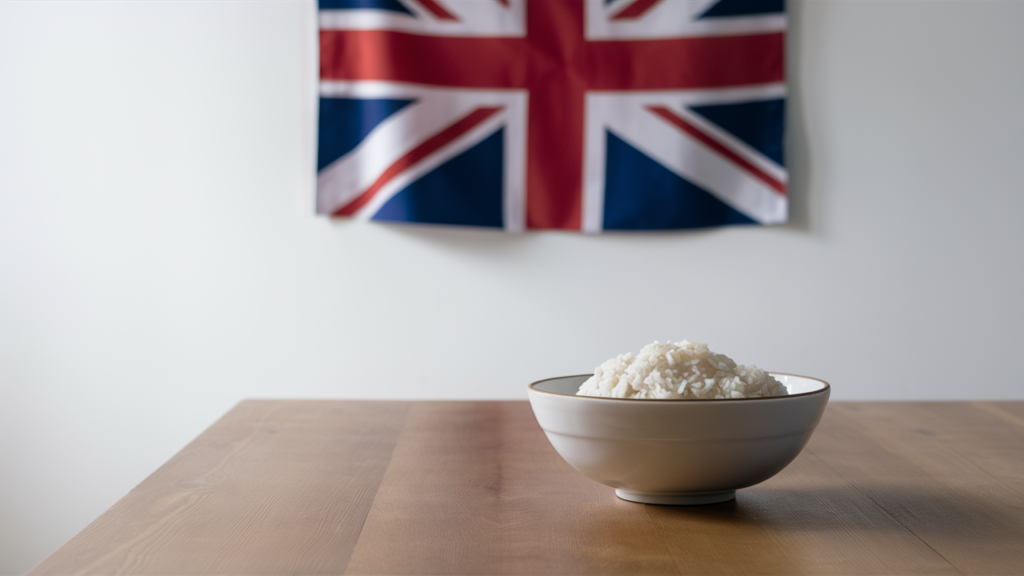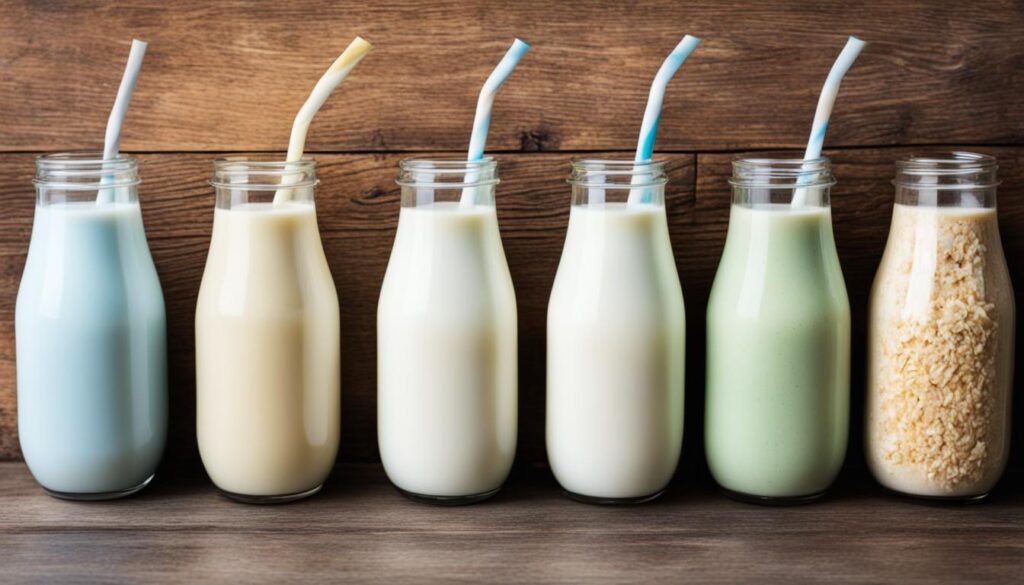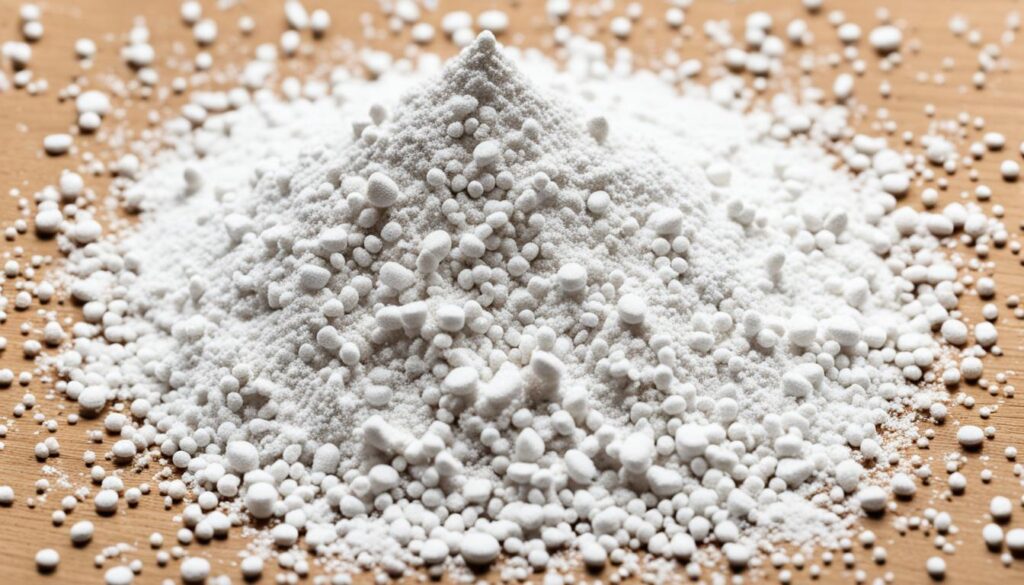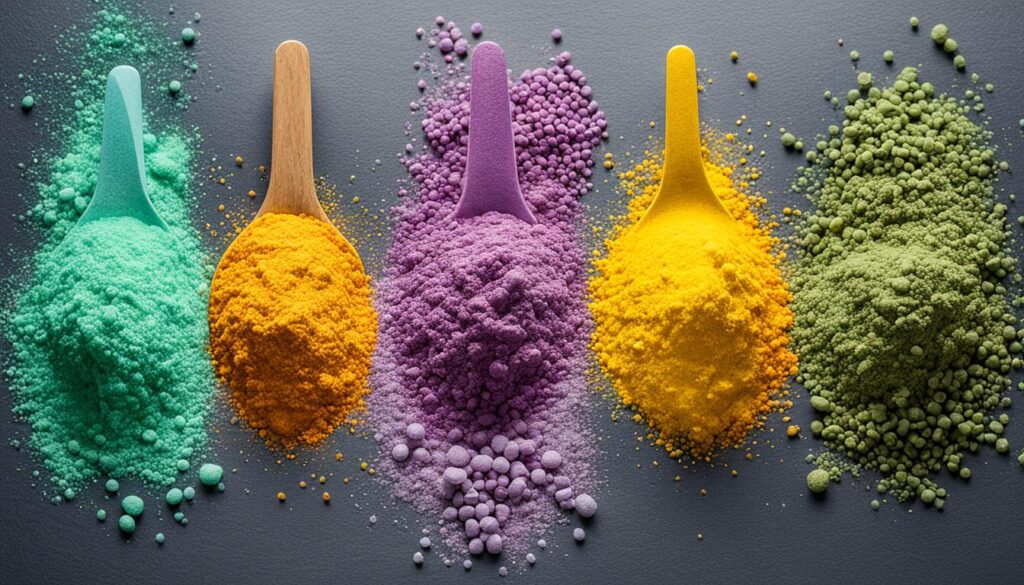Introduction
The food industry usually refers to corn-based products when referring to maltodextrins. But in addition to the legally defined corn and potato versions, some ingredient manufacturers also produce “maltodextrins” from other starch sources which have additional benefits such as rice and tapioca. Being naturally gluten-free and Non-GMO Maltdextrins from Rice and Tapioca have tons of functional properties and beneficial uses.
The process, its conditions, and the type of starch used as the starting material affect the exact composition and structure of the resulting chains. This, in turn, affects the functionality.
STRUCTURAL MORPHOLOGY OF MALTODEXTRINS
The chemical structure of maltodextrins falls somewhere between the complex polysaccharide chains of starch and the simpler molecules of syrup solids or sugars. They do consist of a mixture of different saccharide polymers by the hydrolysis process. A starch molecule undergoes enzymatic hydrolysis or a combination of the two. This cleaves the molecule into smaller, random-length chains.
PROPERTIES OF STARCH IN MALTODEXTRIN MAKING
Most starch consists of two major polymers with different structures. Amylose exhibits mainly a linear structure, consisting of glucose linked by (1-4) bonds, while amylopectin is highly branched. These branches are attached by (1-6) linkages. Starch composition varies with the source.
For example, starch from waxy maize consists almost entirely of amylopectin, while common yellow dent has 72%, potato starch about 79%, wheat approximately 72%, and tapioca about 17%. Along with some chemical differences, the amylose: amylopectin ratio impacts the properties of the gelatinized forms.
“Because of these differences in properties of various starch sources, maltodextrins from them can be expected to have slightly different characteristics” “If you were to make maltodextrin from waxy maize, the solubility and solution clarity would be greater than that made from dent corn, especially at low DE, less than 10. This is due to the lack of linear molecules that can reassociate.
RICE MALTODEXTRIN
Rice Maltodextrin is rich in Saccharine and has a comparatively low molecular weight than potato Maltodextrin. Saccharides in the rice Maltodextrin are much more than in any other type of Maltodextrin.
“A rice maltodextrin that contains protein behaves differently from a corn maltodextrin, or even from a rice product manufactured without that protein,” says Mohamed Obanni, Ph.D., research manager, California Natural Products, Lathrop, CA. “The protein has some added effects in terms of structure and water-binding.”
PROPERTIES OF RICE MALTODEXTRIN
- The adequate concentration of protein, lipid, and 40% viscosity makes Rice Drinks unique.
- The chemists think that it is the presence of retrograded amylose that has given birth to all these properties in the Rice Maltodextrin.
- The origin of the starch present in the different botanical sources can speak about the characteristics and properties of Maltodextrin present in it. The shorter chains in amylopectin Maltodextrin are responsible for the short de-branched rice.
- Bulk, density, water absorption, and freezing temperatures are some of the properties that are judged to make an investigation of the nature of the Maltodextrin.
- In the case of the rice that is de-branched, the degree of polymerization is less.
INDUSTRIAL APPLICATION OF RICE MALTODEXTRIN
For the non-corn or non-potato products, too, manufacturers typically keep the Dextrose Equivalent under 20. However, depending on the starting material, these also may contain compounds other than glucose polymers.
For example, one rice maltodextrin manufactured from hydrolyzed rice flour starts with 5% to 7% protein. Another company offers rice maltodextrin hydrolyzed from mechanically (rather than chemically) derived rice starch, and this ingredient contains approximately 3% protein.
OTHER TYPES OF MALTODEXTRIN
POTATO MALTODEXTRIN
If you were to derive maltodextrin from potato starch – besides a higher amylopectin content – it would have a higher level of phosphate than other starch sources. These properties confer on them some unique attributes, such as the starch doesn’t set up into a firm gel. To some extent, potato starch can be viewed as derivatized starch.
RICE MALTODEXTRINS VS OTHER MALTODEXTRINS
With enzymatic hydrolysis, process factors come into play, but the specific enzyme used also impacts the result. For example, alpha-amylase attacks the (1-4) linkages of starch (the main chain of amylopectin or amylose). Other enzymes, such as isoamylase, catalyze the hydrolysis of the (1-6) bonds and act as “debranching” enzymes. In general, acid hydrolysis tends to produce more sugars, such as dextrose and maltose, which means they will promote browning. The acid/enzyme process usually results in a lower dextrose content.
SUMMARY
Rice maltodextrin is more recommended because of its higher viscosity property and more protein content. Some customers recommend avoiding corn and potato products due to genetic modification which is common in them and hard to distinguish and therefore prefer using alternatives for that.












